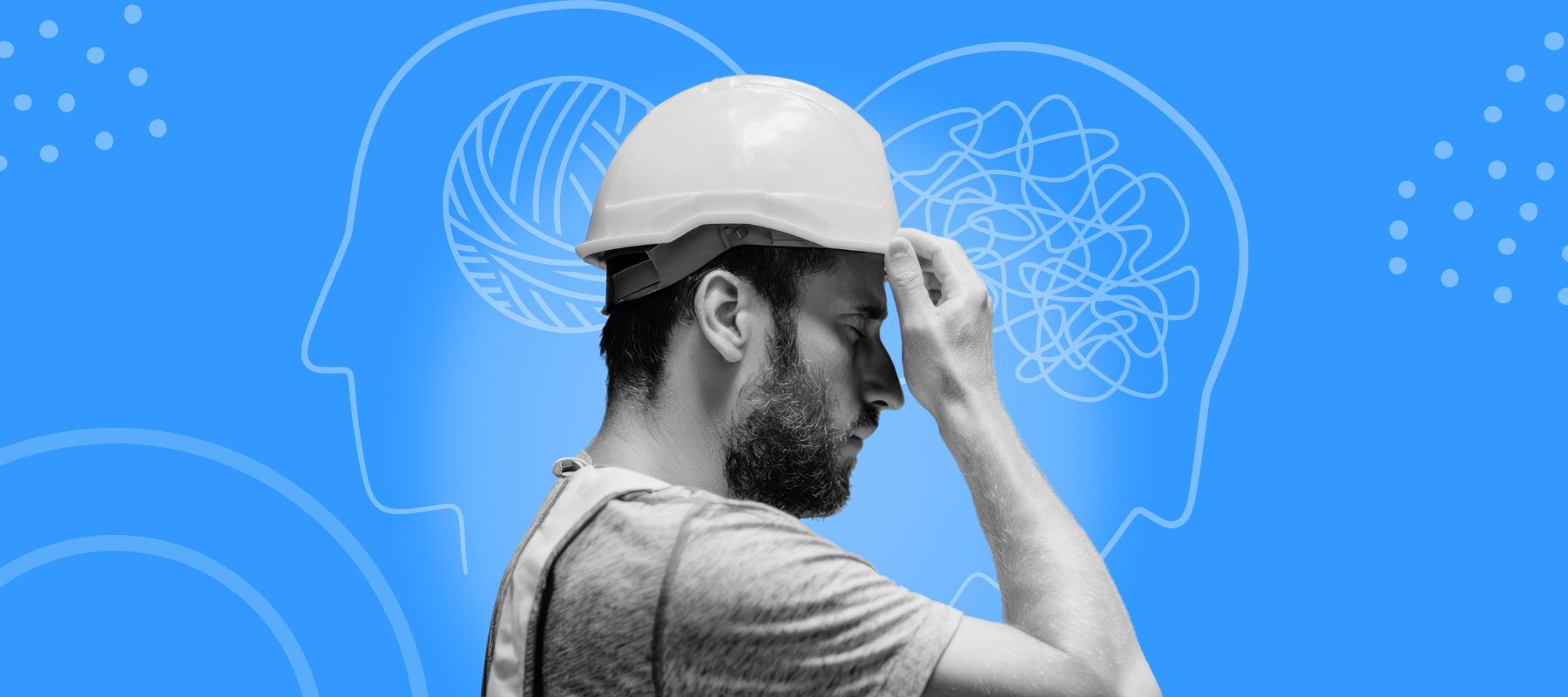AI Summary
Fall back time means darker days—and higher safety risks.
- ✨ The shift disrupts sleep and reduces visibility, leading to more workplace injuries and road accidents.
- ✨ Combat fatigue, wear reflective gear, improve lighting, and drive with extra caution to stay safe.
- ✨ Use tools like YOUFactors to build safety habits, stay alert, and support your team through seasonal changes.

When daylight saving time ends, and the clocks "fall back," we gain an extra hour of sleep—but lose valuable daylight in the evenings. This seasonal shift brings earlier sunsets, darker commutes, and increased safety risks both at work and on the road.
The transition to fall back time can catch many off guard, impacting visibility, focus, and alertness. By understanding the challenges and taking proactive steps, you can navigate these darker months safely and confidently.
Why Daylight Saving and Fall Back Time Impact Safety
The end of daylight saving time signals shorter days, darker evenings, and disrupted routines. Reduced light affects visibility, making it harder for drivers to spot pedestrians and cyclists. It can also throw off our circadian rhythms, leading to fatigue, slower reaction times, and decreased focus.
Studies highlight these risks. Research analyzing over 732,000 fatal car crashes in the U.S. found a 6% rise in fatal accidents during the week following a time change. This spike is largely attributed to reduced sleep and drowsiness, which impair decision-making and reaction times.
Workplaces aren’t immune either. A study from the Journal of Applied Psychology revealed that sleep disruption caused by daylight saving changes led to a 5.7% increase in workplace injuries and a 67.6% rise in workdays lost due to injuries.
6 Essential Daylight Saving Time Safety Tips

1. Be Safe, Be Seen
Visibility is critical during fall back time. Wear high-visibility clothing with reflective strips, especially if you’re walking, biking, or working near vehicles. Dirty or worn reflective gear loses its effectiveness, so keep it clean and in good condition.
2. Maximize Lighting
Shorter days demand better lighting. Use tools like flashlights, headlamps, or motion-activated lights to illuminate your path or workspace. In low-light areas, adjust lighting to reduce shadows and improve visibility.
3. Stay Alert to Combat Fatigue
The shift to fall back time can disrupt your sleep cycle, making you drowsy during critical hours. Combat this by getting enough rest, staying hydrated, and recognizing signs of fatigue such as yawning or difficulty concentrating.
4. Move with Caution
Slips, trips, and falls are more common during darker months, especially when rushing in low-light conditions. Take your time, use deliberate movements, and be mindful of uneven surfaces or obstacles that might be hard to see.
5. Drive Defensively
Driving during fall back time requires extra caution. With earlier sunsets, visibility decreases, and accidents can rise. Research shows a 6% increase in fatal crashes during the week following daylight saving changes.
- Ensure your vehicle’s lights are clean and functional.
- Increase following distances to account for slower reaction times.
- Stay vigilant for pedestrians and cyclists, especially in poorly lit areas.
6. Share Safety Knowledge
Your loved ones are adjusting to daylight saving time too. Teach them these safety tips and encourage the use of reflective gear or proper lighting when they’re out and about. A little preparation can go a long way in keeping everyone safe.
Building Safety Habits for Fall Back Time
Fall back time isn’t just a clock adjustment—it’s a shift in how we experience our daily routines. By building habits that prioritize safety, like increasing visibility and staying alert, you can reduce risks and set an example for others.
Proactive safety measures don’t just protect you—they create a culture of preparedness and awareness that benefits everyone.
Take Safety Further with YOUFactors
Want to build better habits that last all year? YOUFactors is your personal digital companion, designed to help you stay safe and reduce errors. With timely nudges, practical tools, and interactive features, YOUFactors helps you make safety an effortless part of your routine.
With YOUFactors, you can:
- Stay alert during the clock change.
- Build habits that reduce risk on the road, at work, and at home.
- Empower yourself and others with smarter safety strategies.
Ready to take control of your safety?
Start your journey with YOUFactors today and stay ahead of the risks. Start your free trial today - no credit card needed.
Final Thoughts
Daylight saving time and the transition to fall back time bring shorter days and unique safety risks. But with the right precautions, you can navigate these darker months with confidence. From staying visible to driving carefully, every action counts in creating a safer season for everyone.
Sources:



.avif)


